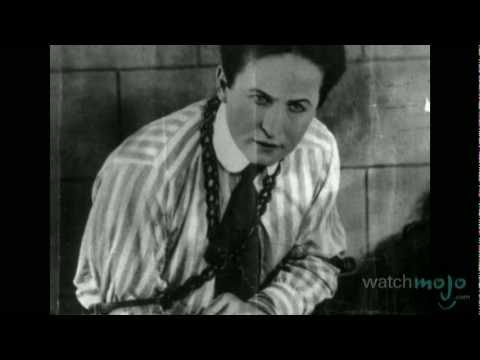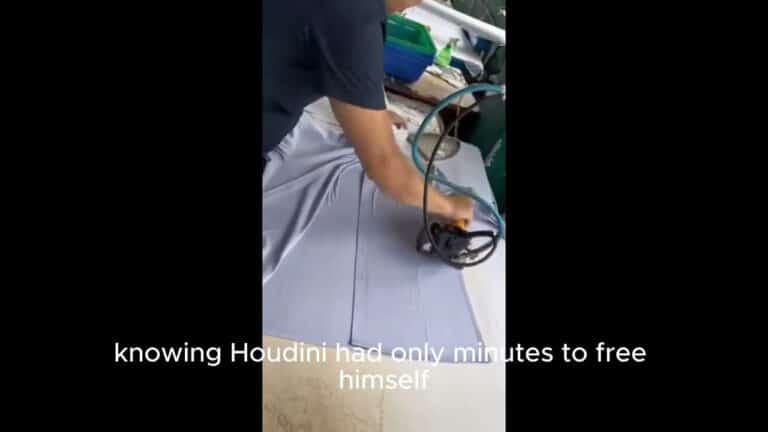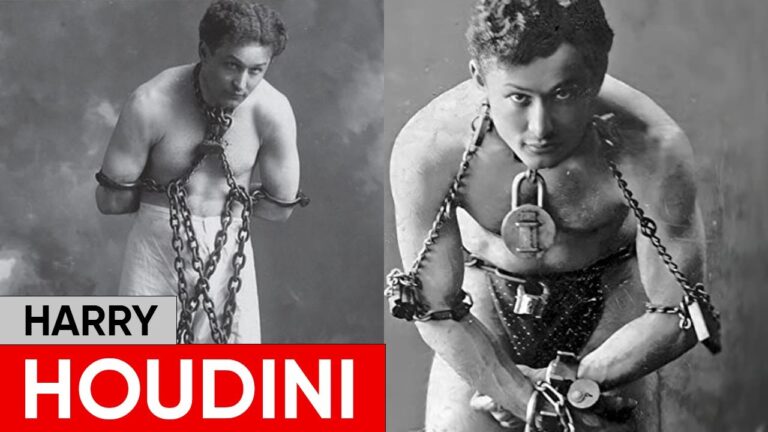Houdini Mystery Serum Revealed
Much has been made about a mystery serum that Houdini received post-operatively at Grace Hospital in Detroit in 1926.
Allegations that he was “poisoned” by this serum nearly led to a proposed exhumation in 2007 for the purpose of analyzing his tissue for chemical compounds. However, this endeavor posed significant challenges, as arsenic was frequently combined with formaldehyde for the preservation of bodies, complicating any potential findings.
Houdini’s surgeons understood the moment they operated, that Houdini was a dead man, and no surgeon wants to be linked in history for failing to save a celebrity, or to have caused their demise.
Finding his abdomen consumed with streptococcal ( and probably other bacteria such as E. Coli and Pseudomonas aeruginosa) peritonitis, desperation set in. After removing the ruptured appendix, the incision was packed open with gauze, drains applied and the patient returned to his room to await his final moments.
Fearful that nothing could be done, I believe his team of doctors contacted the pharmaceutical giant, Parke-Davis Laboratories in Detroit, seeking any possible experimental drugs they could provide to treat streptococcal peritonitis.
Parke-Davis and Company of Detroit was already the dominant leader in the development of antitoxins, with a research laboratory devoted exclusively to pharmaceutical research as early as1902. Among their developments was an antitoxin for streptococcal infections.
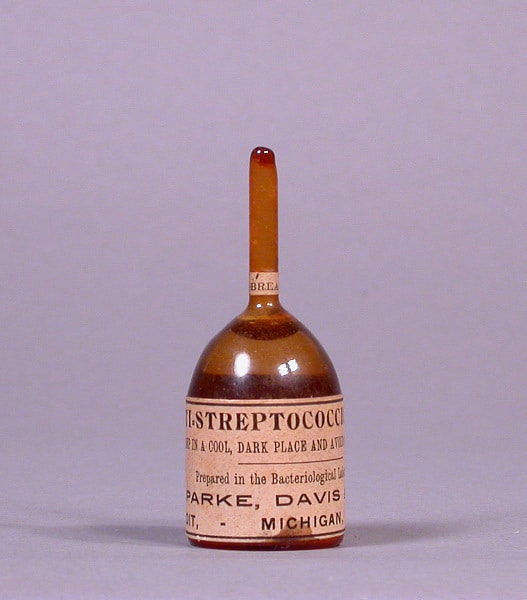
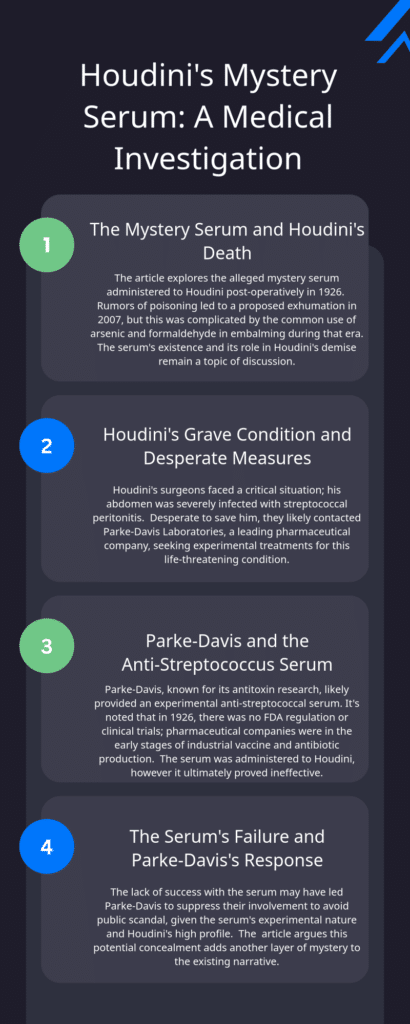
However, there was no FDA, no restrictive patents and no clinical trials. Pharmaceutical companies in 1926 were on the cusp of the beginning of industrial production of vaccines and eventually antibiotics, sponsored by the US Government.
I believe Dr. John T. Watkins, Chairman of the Department of Medicine at Grace Hopsital who had a pharmaceutical background as a member of the American Therapeutics Society (now the American Society for Clinical Pharmacology and Therapeutics ), contacted Parke -Davis for any potential product in the pipeline that could combat the devastation from streptococcal peritonitis, which was eating away at Houdini’s viscera.
Injection or possibly innoculation with this antistreptococcal serum was performed in the hopes the patient would improve.
GIVE HOUDINI NEW SERUM
Doctors Try to Check Peritonitis—Effects Appear Good—Crisis Ahead
Special to The New York Times.
DETROIT, Mich., Oct. 26–A new serum perfected in a Detroit laboratory was used for the first time on Harry Houdini, the magician, to check peritonitis, after Houdini’s operation for appendicitis on Monday in Grace Hospital, it was learned today.
A bulletin issued this evening signed by his physicians said the patient had passed a comfortable day, his condition was good, but the serious aspects of his illness had not yet changed. Temperature was 101, pulse 108 and respiration 38.
The physicians refused to discuss the serum, but its effects appear to be favorable, it was learned.
The crisis is not expected to be reached before Thursday night or Friday, and the doctors admit they cannot tell whether the magician will recover.
A statement issued during midday by four physicians said: “Mr. Houdini reacted well from his operation. He passed a fairly comfortable night. His condition this morning is satisfactory but continues grave. The temperature is 102, pulse 116, respiration 38.”

In reality, septic shock and death was imminent, but never underestimate the struggle to survive.
Some have claimed Dr. George LeFevre of Muskegon, Michigan “brought an experimental homeopathic serum to combat the poisons circulating through Houdini’s G.I. tract.”
Dr. LeFevre was a member of the American Institute of Homoeopathy and the Homeopathic Medical Society of the State of Michigan. He was also a registered pharmacist, and a member and friend of Dr. Charles Kennedy, founder of the American College of Surgeons.
However, as the above press release states, the serum was perfected in a DETROIT laboratory and had been given to Houdini BEFORE the arrival of Dr. LeFevre, thereby eliminating the claim LeFevre could have provided the experimental serum.
The public failure of Houdini’s “mystery serum” to deliver results may have led Parke-Davis to bury their association with the “perfected serum” to avoid a public scandal!


